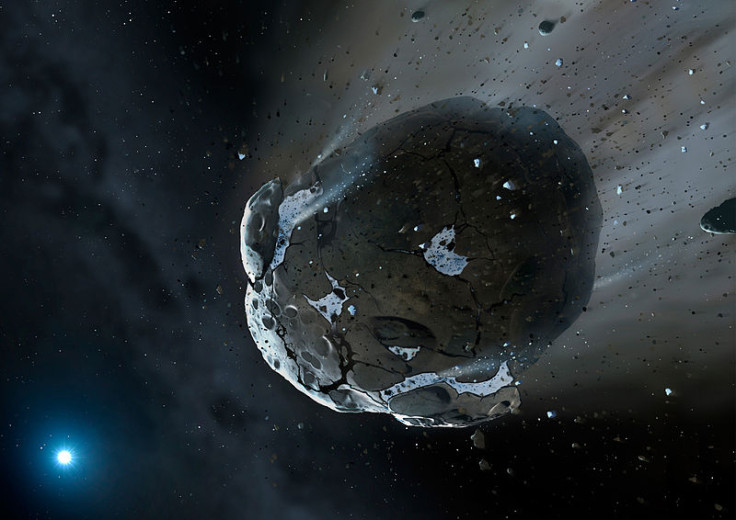Did Asteroid Strike Kill Off Early Humans and Mammoths?

One of the most prevailing theories about prehistoric North America and the extinction of the mammoths and early human populations has been played down by a team of archaeologists.
It is established by many that an asteroid impact on Earth around 12,800 years ago triggered a severe winter, which led to the extinction of the Clovis people and woolly mammoths. Yet independent archaeologists have reanalysed the dates of geological material that reportedly represents the impact, and have found that the dates do not add up.
Supporters of the impact theory state that there are 29 sites across the world which contain a thin layer of sediments that date back to the start of the cosmic impact event. The latest study, led by a team at the Southern Methodist University in Texas, found that only three of the sites were 12,800 years old.
David Meltzer, team leader of the group, told Nature journal. "We know some of these sites, we've worked at some of these sites. When we started to read the details of the impact theory, it just didn't add up."
According to the research, the other sites have not been dated using the usual radiometric methods, or are much older or younger than the reported impact.
The team added that there is no doubt that something important happened in this region around that time, as temperatures plummeted in the Northern Hemisphere.
The Clovis people from a prehistoric Paleo-Indian culture, vanished from the western United States. Earlier this year, Bloomberg reported the Clovis were the ancestors of American Indians.
In addition, many of North America's mammals, including mammoths, became extinct.
Supporters of the impact theory state evidence of the cosmic collision can be found in tiny diamonds formed in the high pressure of an impact, as well as soot and charcoal from fires triggered by the crash.
Opponents argue there are other explanations for these materials. They have also insist a meteor impact should have left a huge fingerprint in the geological record, but nothing has been found.
The researchers examined the original literature detailing the 29 sites, which revealed many claims that the locations were 12,800 years old were tenuous. For instance, a glacial feature in Alberta, Canada, had been described as around 13,000 years old, but the date was based on a correlation with similar glacial features 2,600km away, which were formed by another ice sheet.
At Wally's Beach in Alberta, the radiocarbon age came from the skull of an extinct musk ox. However, the reported markers for the impact were found in sediment inside a horse skull fossil.
The team concluded that the dates do not support a simultaneous event in all 29 locations.
Richard Firestone, a nuclear chemist at Lawrence Berkeley National Laboratory in California, has dismissed the findings: "Meltzer's analysis of the dates is overly simplistic and clearly biased towards his conclusions."
The research was published in the journal the Proceedings of the National Academy of Sciences.
© Copyright IBTimes 2025. All rights reserved.






















